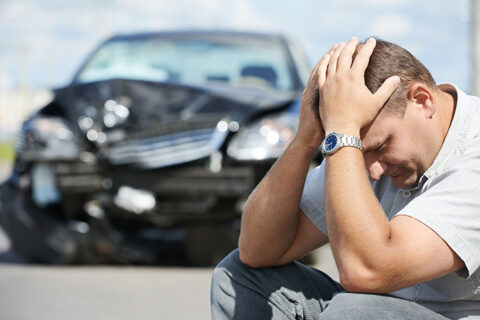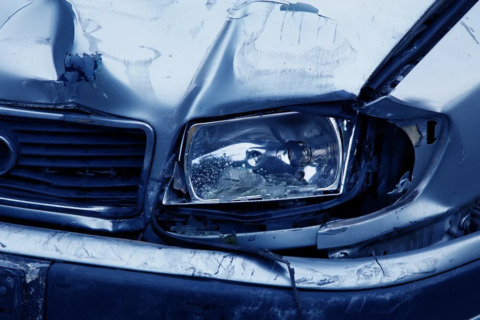As a motorcycle rider, you must know the potential for rear-end accidents. While these accidents vary in severity, they can often result in serious injuries. Here, we will answer some of the most common questions about rear-end motorcycle accidents. We will also provide tips on staying safe if you find yourself in this situation. So, whether you are a new rider or have been riding for years, read on to learn more!
How often are motorcycles rear-ended?
While there are no definitive statistics on how often motorcycles are rear-ended, it is considered a relatively common occurrence. It is likely because motorcycles are much smaller than other vehicles on the road, making them more challenging to see. In addition, many drivers are not used to sharing the road with motorcycles and may not be aware of their presence. As a result, they may fail to leave enough space when following behind a motorcycle, increasing the risk of a rear-end collision.
What happens when you get rear-ended on a motorcycle?
You should do a few things if you are involved in a rear-end collision while on your motorcycle. First, assess yourself for injuries. If you can, move off the road to a safe area. After that, phone the police and wait for them to show up. Be sure to get the other driver’s contact information and insurance information. Once the police have filed a report, you must contact your insurance company to begin the claims process. You may also need legal counsel if you were injured in the accident and want to sue for a rear-end motorcycle collision.
Who is at fault in most motorcycle accidents?
Motorcycle accidents are a leading cause of death and injury on roads worldwide. In many cases, the motorcyclist is at fault; however, there are also cases where other motorists are to blame. For example, a driver may fail to see a motorcycle when making a turn or changing lanes. Or, a driver may be distracted and fail to notice a motorcycle in their blind spot.
In some cases, poor road conditions or hazardous weather can also contribute to motorcycle accidents. For example, if a pothole causes a motorcyclist to lose control of their bike, the municipality responsible for maintaining the road may be liable. Ultimately, determining who is at fault in a motorcycle accident can be complex and depends on the case’s specific circumstances.
How can you prevent rear-end motorcycle accidents?
As a motorcycle rider, you must always be aware of the potential for accidents. One of the most common motorcycle accidents is a rear-end collision, which can often be avoided with simple precautions. First, avoid riding in the blind spots of larger vehicles. Make sure to signal your intentions well in advance, and be prepared to brake or swerve if necessary. Second, use your horn frequently to make your presence known to other drivers. And finally, remember that smaller vehicles often have difficulty seeing motorcycles, so always ride defensively and be prepared to take evasive action. By following these simple tips, you can help to reduce the risk of rear-end motorcycle accidents.
What time of day do rear-end collisions occur?
According to a study by the National Highway Traffic Safety Administration, most rear-end collisions occur during the daytime. Nearly two-thirds of all rear-end accidents happen during daylight hours. The most common time of day for rear-end accidents is between 3:00 pm and 6:00 pm, likely due to the increased road traffic during these hours. However, it is essential to note that rear-end collisions can occur at any time of day. Drivers should always be alert and aware of their surroundings and use caution when driving in heavy traffic. Rear-end collisions are often caused by distracted driving, so staying focused on the road and avoiding distractions is vital.
As a motorcyclist, it is vital to be aware of these risks and take precautions to avoid accidents. If you are involved in a rear-end collision, it is essential to stay calm and take steps to ensure your safety and the safety of others.




